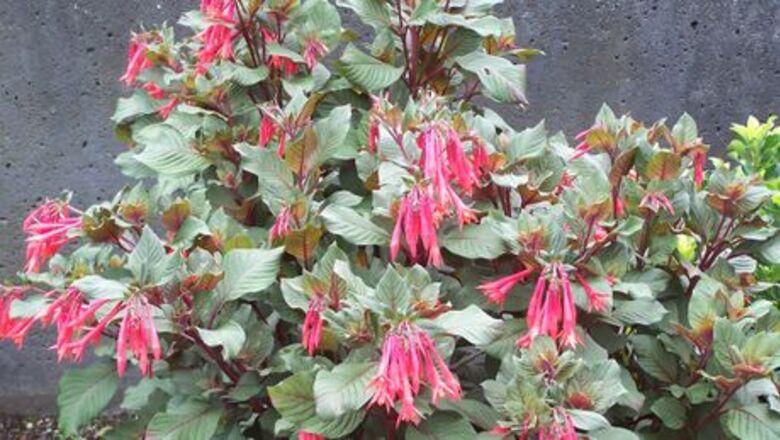
views
Purchase a Fuchsia at a Garden Store
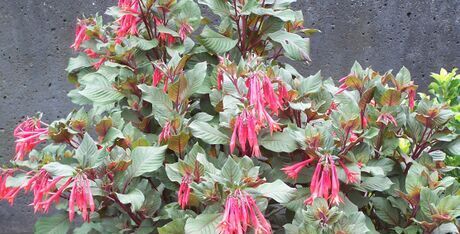
Plant fuchsia plants in the landscape. Purchase fuchsia plants at a local garden store for planting as a shrub in the garden or landscape. Fuchsias prefer a cool to moderate climate anywhere in the world, near a cool ocean or in the mountains. Some plants will tolerate winter temperatures as low as -15 F (-25 C). Check with local garden stores and local garden societies for successful variety selection. Other varieties will only tolerate a light frost. Fuchsia shrubs are grown in northern Europe, South Africa, New Zealand, California and the Pacific Northwest in the U.S., and Central and South America where they are native.
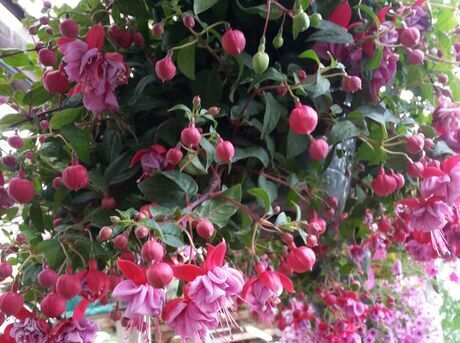
Gardeners in warm summer climates grow fuchsias in containers during the cooler part of the year. Look for vigorous fuchsias in containers, full of flowers, at your local garden store. They are often sold in hanging baskets because the flowers are pendulous. They are a traditional hanging basket plant and have been a common Mother's Day gift plant. They grow well in a cool spring greenhouse. Fuchsias do not do well in hot summer temperatures. Plants are difficult to care for in temperatures of 90 F (32 C) or higher.
Daily Care
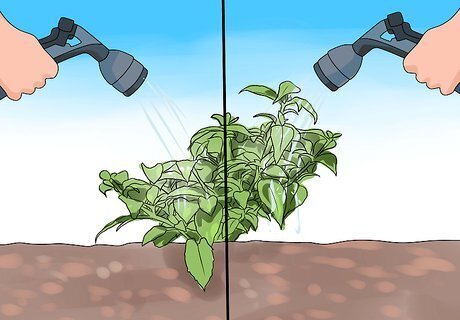
Keep the plant moist. Normal rain conditions during spring and fall months usually provide more than enough water, but you may need to supplement water during the summer, especially if you live in a dry climate. The soil the plants sit in should never become dry, so you will need to check on a daily basis. Do not over-water, however, plants that sit in water for prolonged periods can cause root rot and leaves to drop. Water in the evening or in the morning to keep the soil appropriately moist. Do not water during the heat of mid-day.
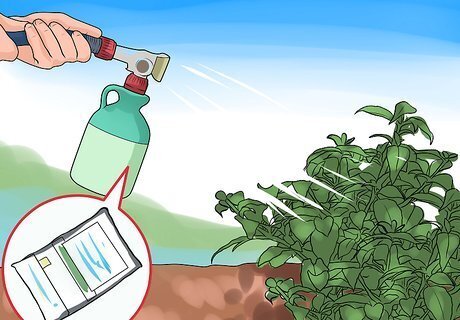
Apply fertilizer for proper care. The plants need weekly fertilization for the first six weeks after being transplanted to the garden. Weekly fertilization is also good during the summer and early autumn. Fertilizer the plant after watering and use a water soluble, balanced fertilizer made of equal parts nitrogen, phosphorus, and potassium.

Remove dying blooms and seed pods. As blooms start to wither, you should pluck them off the plant. You should also pluck off blooms when you notice seed pods developing. If the plant senses that enough seeds have developed, it will stop producing blooms for the season. To prolong the blooming season, frequent pruning is necessary.
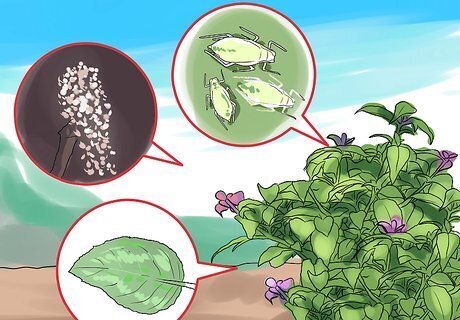
Watch out for pests and diseases. These plants are not prone to many pests, but aphids are drawn to them occasionally. Aphids can be removed with a simple pesticide such as insecticidal soap or neem oil. Gray mold and rust are the two main diseases that attack fuchsias but can usually be avoided as long as the plants do not get too moist. If the plant does develop either disease, a fungicide, such as neem oil, should be used.Grow Fuchsia Step 15 Version 2.jpg
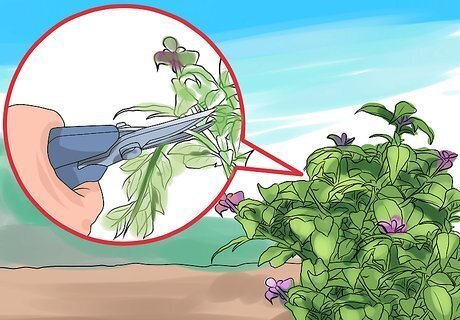
Do a more intense pruning after the danger of frost passes. For those in the northern hemisphere, that means around March 15 to April 1. Cut the side branches to the edge of the container and snip away weak stems.
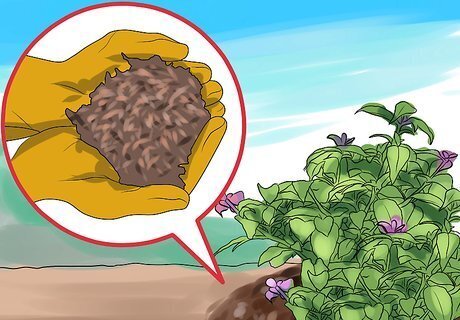
Lay mulch over the plants during winter. A little mulch will protect the soil from freezing over. You only need a thin layer to keep the soil warm enough for the dormant fuchsia plants.
Transplant Fuchsias to the Garden

Transplant fuchsias with a sturdy root ball. Several stems, each with multiple sets of leaves, should have developed. Gently tug at the base of the center stem to determine if it feels well rooted. If so, tip the pot on its side, slip a short trowel into soil next to the side, and slide the pot away to reveal the soil beneath. If you can see white, even roots that fill the entire pot, the plant is ready to be moved to the garden. If not, you should wait a few more weeks.
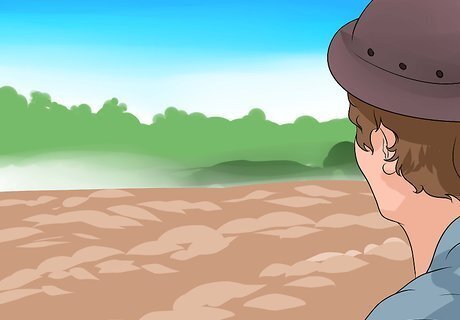
Choose a location that receives a decent amount of morning sun. An east facing spot works best. Depending on the variety, you may need a location that receives shade by the afternoon. Varieties with lighter blossoms or double blossoms tend to need more shade, but bright red, single blossoms can stand a more sunlight.
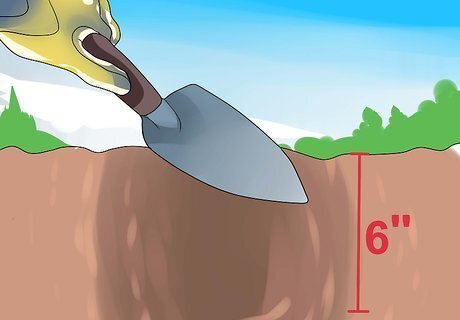
Prepare the soil. Dig a hole that is about 6 inches (15 cm) deeper than the depth of the fuchsia's current container and just a little bit wider. In the hole, add compost and garden-grade manure, both of which are available at garden and farm supply stores. These elements improve the quality of the soil. Fill 1/4 to 1/2 of the hole with these elements.
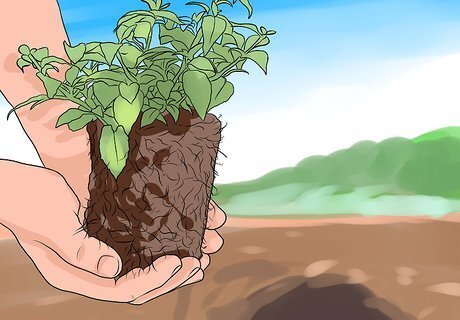
Place the fuchsia into the hole. Slide it out of it current container and place it, root side down, into the hole. Pack more compost and manure into the gap around the newly planted root ball.
Starting Plants from Cuttings
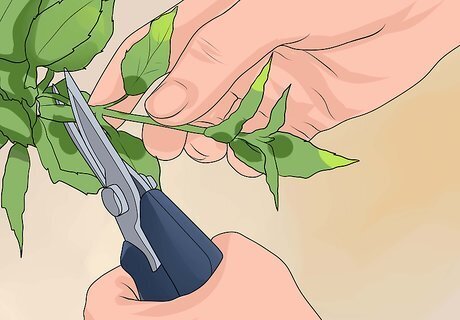
Take a cutting from a healthy fuchsia plant. Choose a stem that has a growing tip with at least two pairs of leaves under it. Snip the stem off just above the set of leaves that are third from the top. The cutting should be about 2-3 inches (5-7 cm) long.
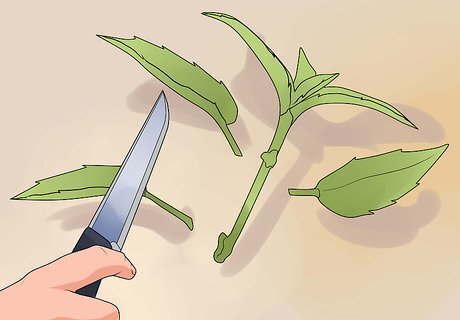
Trim away extra leaves. Use a sharp knife to remove the extra leaves sticking out from the leaf node, as well as the stem below the leaf node.
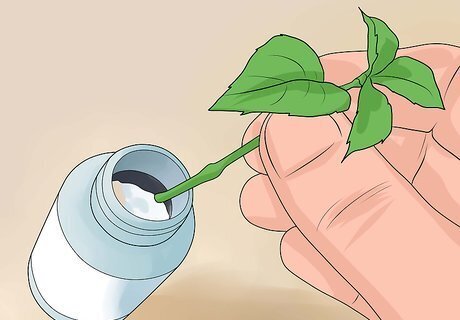
Dip the cutting in rooting hormone. Apply hormone powder to the cut portion of the stem by quickly dipping the end into the powder. Rooting hormone encourages the development of roots.
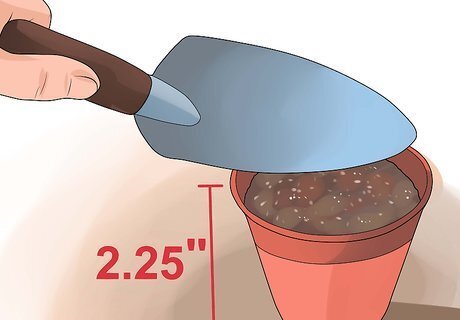
Fill a small pot with potting mix. A well-drained mix, like one made with compost and vermiculite or commercial potting soil, works well. Use a small pot for one cutting or 3-4 inch (7.5-10 cm) pot for three to four cuttings.
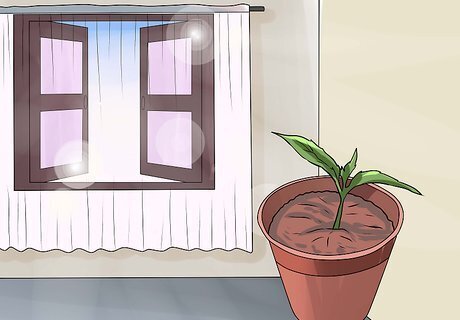
Place the cuttings in indirect sunlight. The cuttings need plenty of light to thrive, but direct sun can cause more harm than good. A good place to let them sit would be beneath a sunny window with sheer curtains.
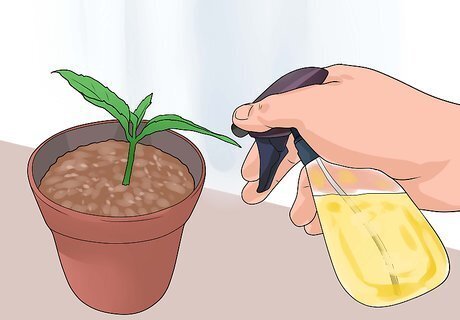
Keep the soil moistened. Use a spray bottle and apply enough water to keep the surface of the growing medium moist, but do not soak it. If the plants sit in water, the stem may rot.
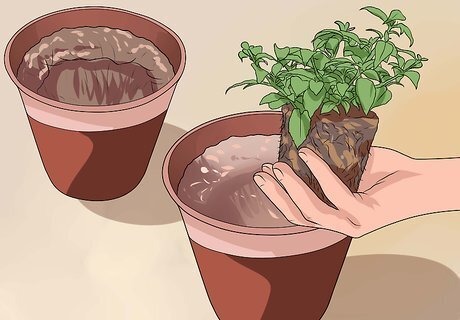
Transplant fuchsias to a larger pot as they grow. Once the plant has several stems growing, the roots should be sturdy enough to transplant. Carefully pry the plant—stems, roots, and soil—from its current container. Transfer each plant into potting soil in separate pots that are at least 3.5 inches (9 cm). Continue keeping the soil moist, and provide the same type of sun you provided while in the beginning stages.


















Comments
0 comment